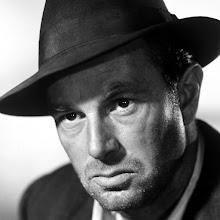[...] we now also know that pre-industrial families commonly experienced a "broken" pattern of sleep, though few contemporaries regarded it in a pejorative light. Until the modern age, most households had two distinct intervals of slumber, known as "first" and "second" sleep, bridged by an hour or more of quiet wakefulness. Usually, people would retire between 9 and 10 o'clock only to stir past midnight to smoke a pipe, brew a tub of ale or even converse with a neighbor.
Others remained in bed to pray or make love. This time after the first sleep was praised as uniquely suited for sexual intimacy; rested couples have "more enjoyment" and "do it better," as one 16th-century French doctor wrote. Often, people might simply have lain in bed ruminating on the meaning of a fresh dream, thereby permitting the conscious mind a window onto the human psyche that remains shuttered for those in the modern day too quick to awake and arise.
The principal explanation for this enigmatic pattern of slumber probably lies in the nocturnal darkness that enveloped pre-industrial households — in short, the absence of artificial lighting. There is a growing consensus on the impact of modern lighting on sleep. The Harvard chronobiologist Charles A. Czeisler has aptly likened lighting to a drug in its physiological effects, producing, among other changes, altered levels of melatonin, the brain hormone that helps to regulate our circadian clock.
In fact, during clinical experiments at the National Institute of Mental Health, human subjects deprived of light at night for weeks at a time exhibited a segmented pattern of sleep closely resembling that related in historical sources (as well as that still exhibited by many wild mammals). The subjects also experienced, during intervals of wakefulness, measurably higher levels of prolactin, the hormone that allows hens to sit happily upon their eggs for long periods.
New York Times, Dreams Deferred
E momentul să vă aduc aminte de…
Acum o zi





0 comentarii:
Trimiteți un comentariu